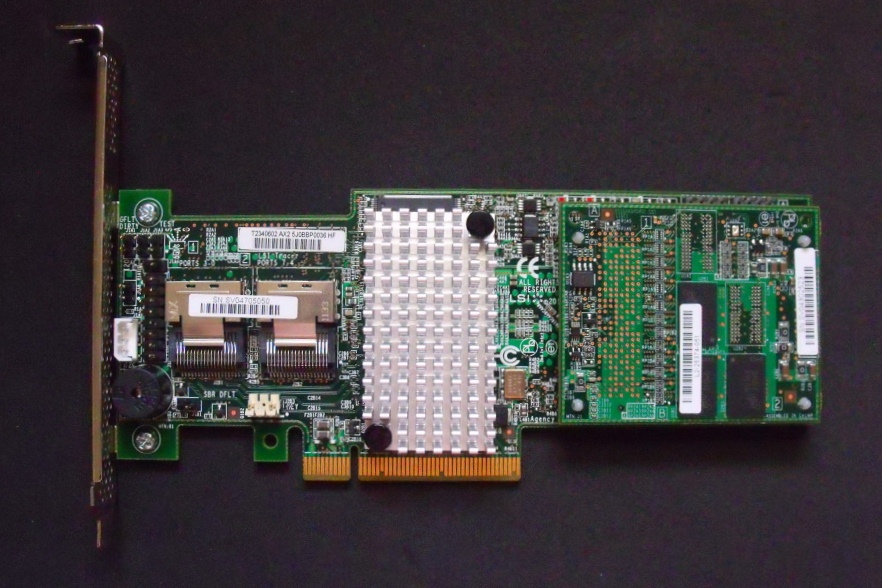After a period of time the SSD cache is going to be accessed quite frequently, and this has other advantages. Right now Cachecade is a read-only layer, so it might not be easy to understand the tremendous benefits that it has in regards to write performance on the HDD array. By freeing up the HDD from the most constantly addressed data, the HDD can write much faster. So the benefits are two-fold. By freeing the HDD arrays from the most demanding work, which is typically going to be small random data that is frequently accessed, you are allowing it to perform better at its other duties, such as writing.
An area that is sure to benefit from this by a large margin is in raidsets with parity. A drawback of these types of RAID is that they can be very slow at write operations. The main cause of this is that for each write operation they actually have to read, then modify, then write, the data. This can cause significant performance problems.
One of the greatest aspects of this is that your underlying HDD array (referred to as the ‘Base Volume”) can be any type of raidset that you wish. So RAID 5 and 6 and other raid sets with data security or duplication will be able to handle the more demanding process of read-modify-write much easier. This can lessen some of the performance disadvantages with RAID 5 and 6, allowing more performance at the ‘back end’ of the storage system.
Not only do you reap the benefits of the faster speed read speed, but you also gain performance on the very HDD array itself.
Answering Concerns
SSDs are known for their reliability and performance, especially the enterprise class variants. However, you have to keep in your mind that they DO have a lifetime, much like any other device. With extremely high write loads over an extended period of time, even enterprise SLC drives will eventually wear out. So LSI has a feature that helps to prepare for this eventuality. The LSI SSD Guard technology, that is unique to MegaRAID controller cards, increases the reliability of SSDs by automatically copying data from a drive with potential to fail, to a designated hot spare or newly inserted drive.
The monitoring software predicts this failure via constant monitoring of the S.M.A.R.T. data that is held on each drive, and then it will automatically rebuild the data of the ‘weak’ device. This can give users peace of mind that the drives are constantly being monitored in the background, and that any action necessary can be done automatically if there is a hot spare present.
The size of the cache is limited to 512 GB of cache. You can use up to 64 SSD devices if you like, and performance does scale very well with the addition of more devices, as we will show shortly. One could gain the benefit of over-provisioning, thus multiplying the SSD endurance, simply by using several large capacity SSDs. Since there is a limitation to the amount of SSD space that can be used by the controller, any excess capacity of the SSDs will simply be left unformatted and unused, handily becoming a nice bit of over-provisioning.
A commonly used scenario would be several small capacity disks that would allow excellent performance scaling, and doing it with small cheaper devices. One of the big takeaways of this software is that ultimately you are looking to leverage the speed of SSDs with the capacity of HDD, as cheaply as possible. This allows one server to essentially expand to do the work of several.
NEXT: MLC vs SLC
Page 1-Introduction
Page 2-Nuts and Bolts
Page 3- Maximizing Benefits
Page 4- MLC vs SLC
Page 5- Test Bench and Protocol
Page 6- Single Zone Read
Page 7-Hot-Warm-Cool-Cold
Page 8-Conclusion
 The SSD Review The Worlds Dedicated SSD Education and Review Resource |
The SSD Review The Worlds Dedicated SSD Education and Review Resource | 
